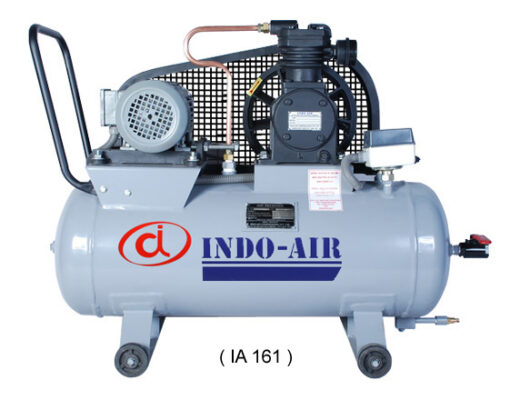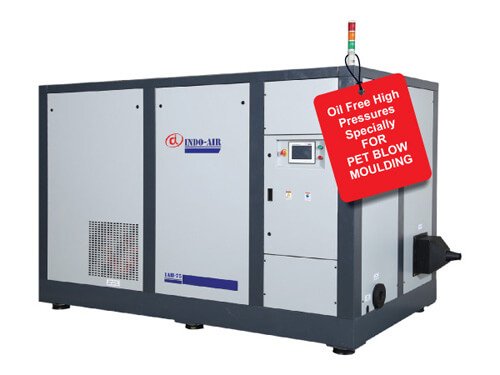An air compressor is a pneumatic tool that transforms power from an electric motor, diesel engine, or other engine into potential energy contained in compressed air. An air compressor raises the pressure in a storage tank by using one of many techniques to push more and more air into the container. The air compressor is designed by compressor manufacturers in India in such a way that it switches off when the pressure in the tank exceeds its designed upper limit. Large amounts of energy are used by air compressors over a normal work cycle. Any savings can help you increase your bottom line when all of the costs associated with running a facility are totaled. Savings with air compressors depend on efficiency, which depends on a regular maintenance schedule.
The following ways for lowering compressed air costs will enable you to work more efficiently, earn more money, avoid expensive repairs, and minimise system downtime.
- Turn off the compressor when not required: Turning off your compressor while it’s not in use for any of your applications is one of the simplest methods to reduce the expense of compressed air. This may come out as opposing advice to many individuals. The problem is that many individuals, unaware of the energy wasted, leave their air compressors running in the evenings and on weekends.
- Locate and repair any and every leak: Air leaks must be reduced as much as possible in order to reduce compressed air costs. With air compressors, 4/5 of the energy used in a cycle is converted to heat, and only 19% is converted to air power. The total efficiency decreases even further than that one-fifth level when the compressor experiences leaks and other performance difficulties. Therefore, it’s crucial to frequently check your compressed air system for leaks and to conduct repairs as needed.
- Reduce the pressure to required levels: By lowering the pressure to the levels necessary for a particular job, you may reduce compressed air expenditures even when your system is free of leaks and dirt. To suit the highest-pressure applications, pressure levels are frequently set at maximum thresholds at multiple locations. Consider the option of segregating certain tools from the rest of your equipment if you only use high-pressure tools occasionally. By doing so, you could operate your compressor at a moderate pressure for the majority of your working hours while conserving energy, and only raise the pressure when it was absolutely essential.
- Locate and resolve any malfunctions in condensate drains: Condensate drains are necessary for your air compressor, but if they break down without anyone realising, they might be a major drain on your system. Every time the timer expires on air compressors that have timed drains, the drain valve will automatically open. The timer drain will briefly start the motor if the machine is not in use when this happens. So that the drainage procedure may go as planned, the drain may frequently cause your system to sustain unnecessary wear and strain.
- Clear filters and replace when necessary: Air compressor manufacturers in Ahmedabad suggest to Regularly clean the filters in your system to further reduce the running expenses of compressed air. By removing dust and other particles from the entering air, the filters on each unit are essential to the system’s operation. In this manner, when the ambient air reaches the pressurisation chambers, it is free of air-bound particles. The compressed air would probably be polluted without the filters, making it far less useful for pneumatic purposes. Additionally, dust and dirt would collect on different interior elements of the air compressor after passing through the air compressor.




